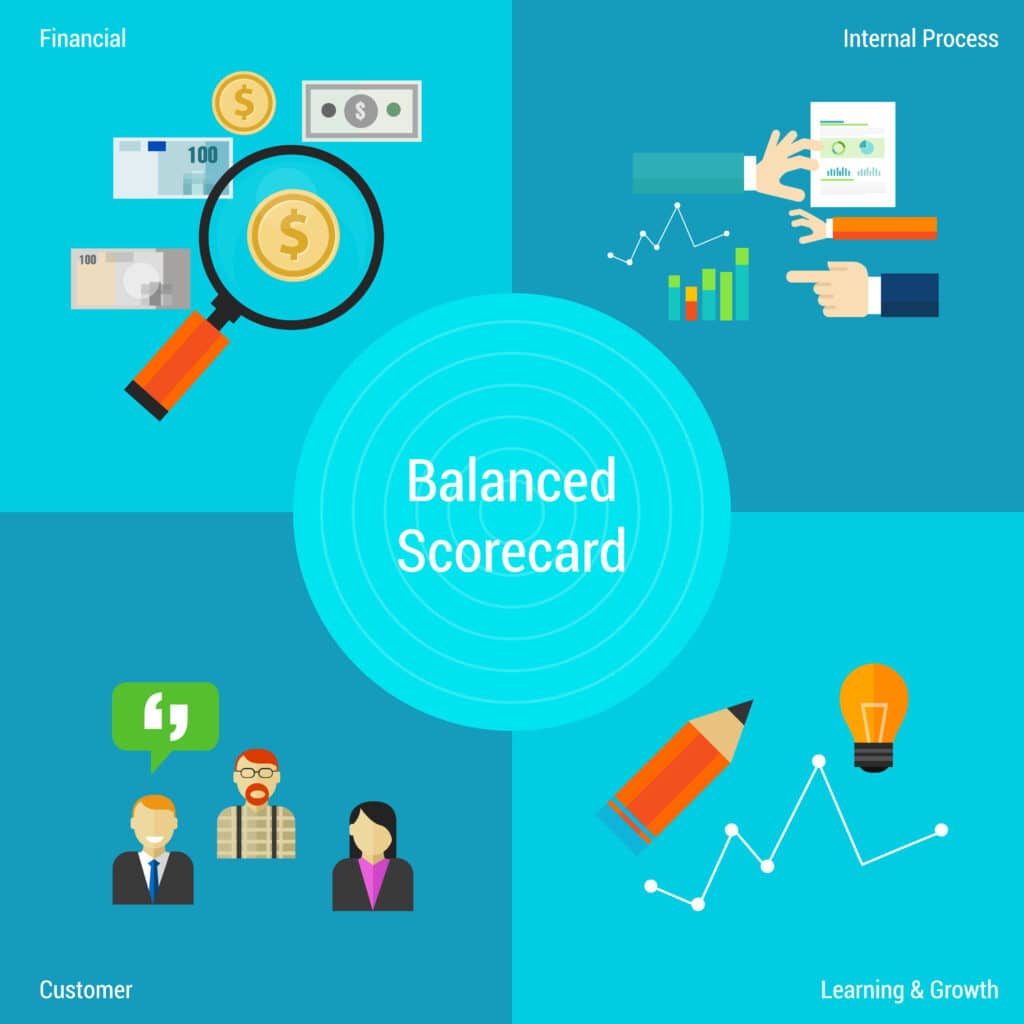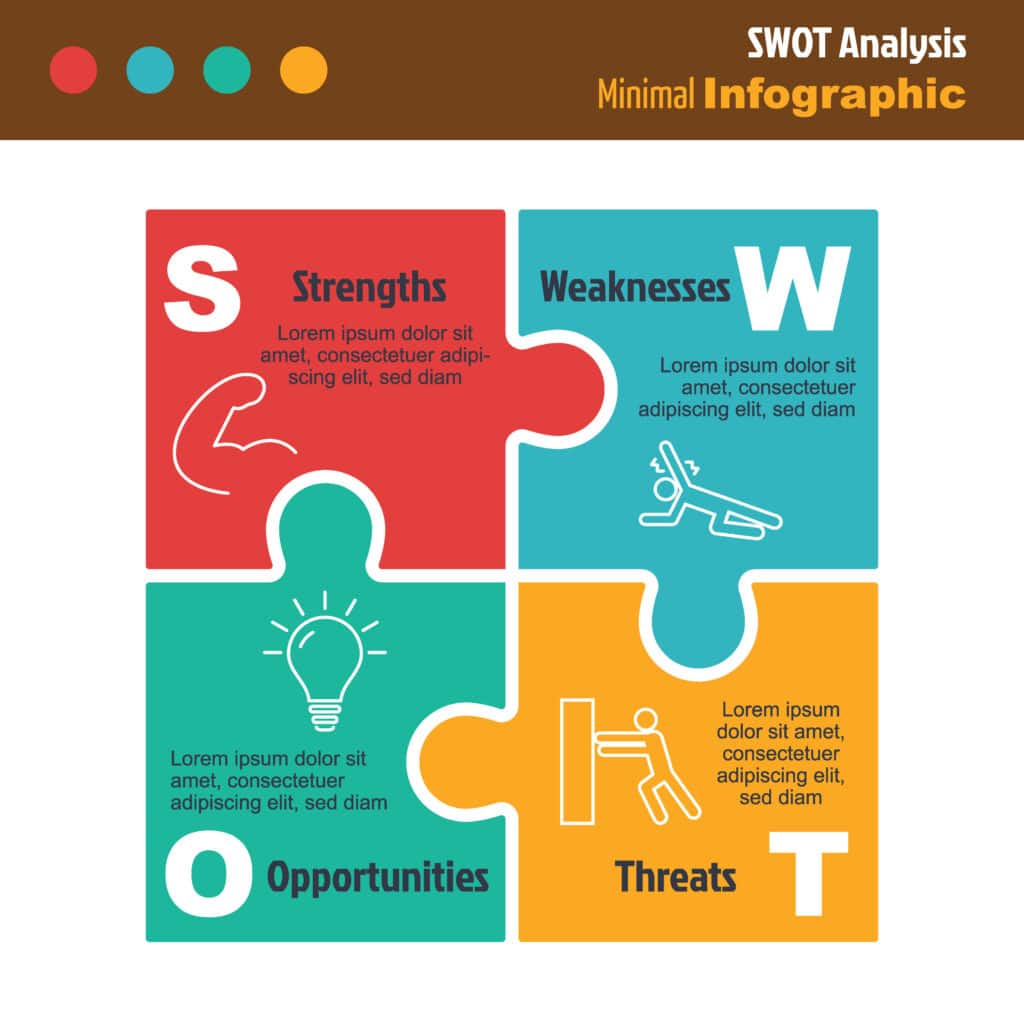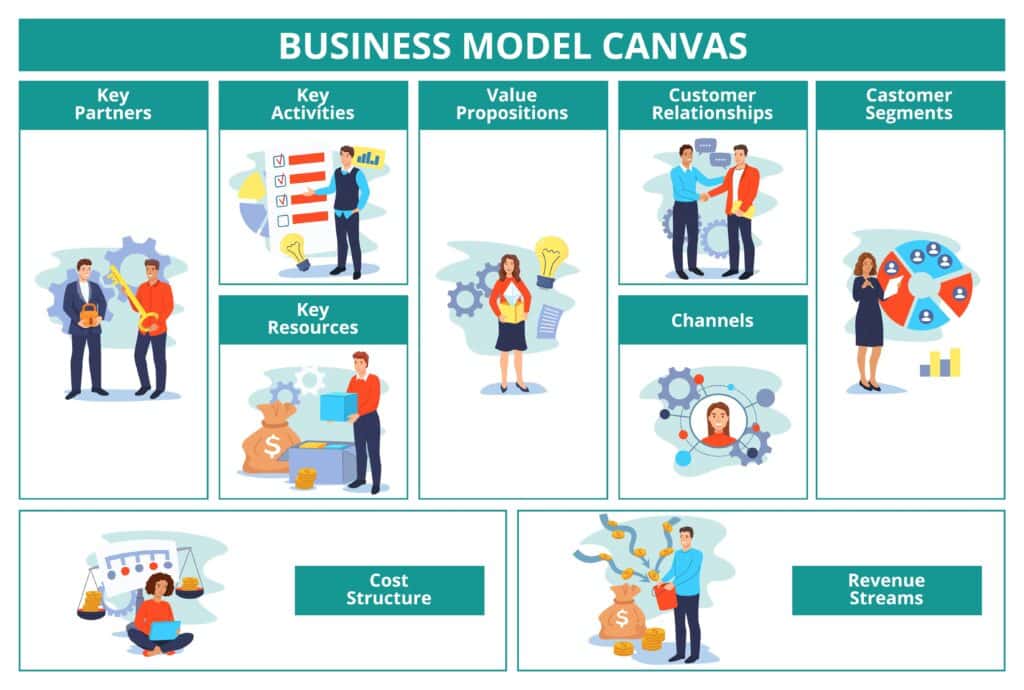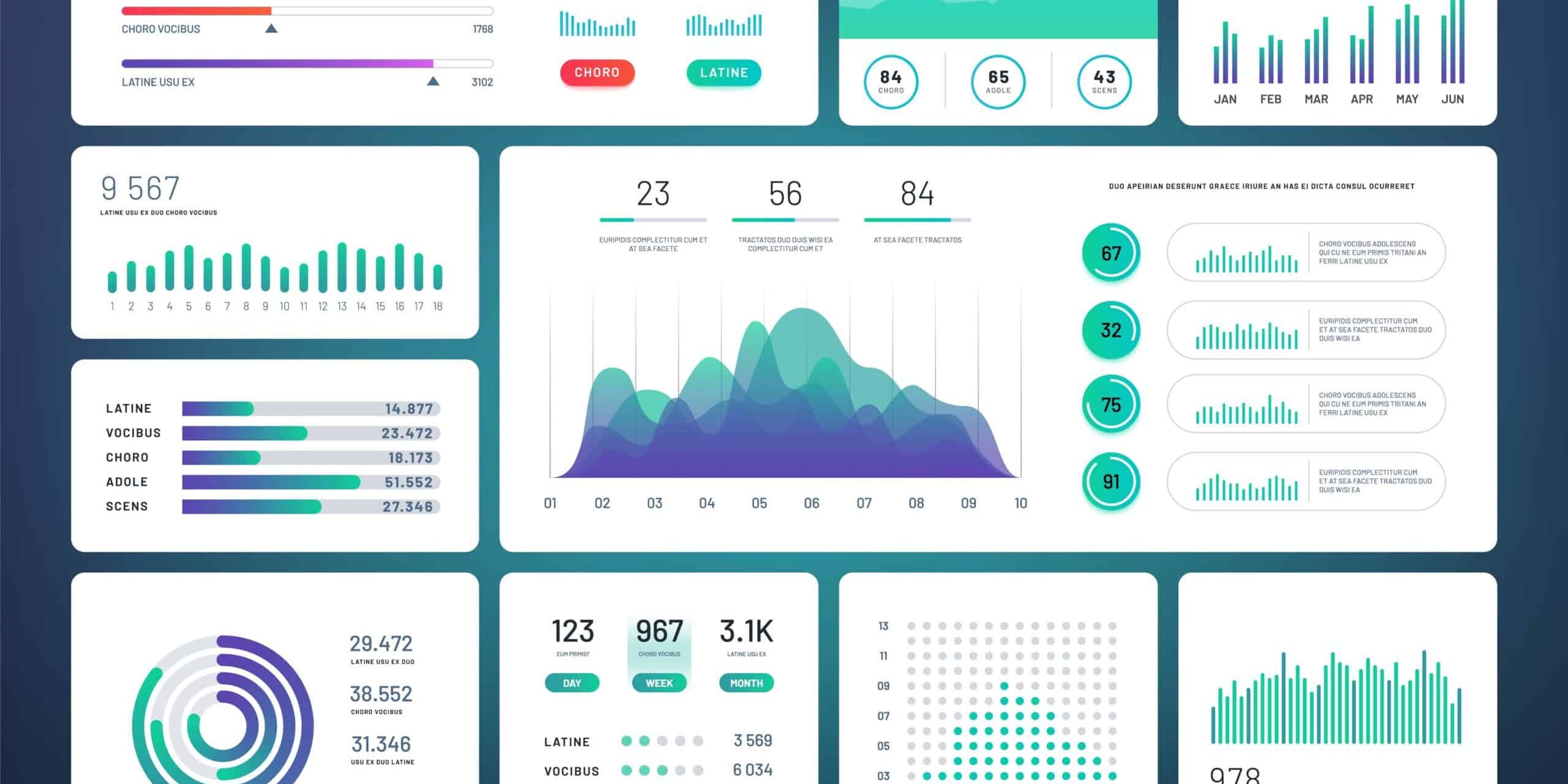Maximize your Success in Electronic Commerce with High Impact Strategic Tools
On the exciting journey to eCommerce success, having a solid business strategy is essential to chart a clear path toward your goals. But how can you develop this strategy effectively? This is where strategic tools come into play, such as the Balanced Scorecard and others, which can help you define, implement and measure your strategy in the digital world.
I. Balanced Scorecard: Mapping your Path to Success
He Balanced Scorecard either Balanced Scorecard is a strategic tool that allows you to translate the vision and mission of your business into concrete objectives and measures in four key perspectives: financial, customer, internal processes, and learning and growth.
This tool provides a balanced and complete view of your business, making it easier to make informed decisions.
You can learn more about the Balanced Scorecard in this publication:
https://www.never8.com/potencia-el-exito-de-tu-negocio-de-e-commerce-con-el-cuadro-de-mando-integral/
- Financial: Define your financial goals, such as revenue, profit margins, and return on investment. This helps you understand if you are reaching your financial goals.
- Customer: Identify the needs and desires of your customers. How can you offer them exceptional value? Evaluate customer satisfaction and loyalty.
- Internal Processes: Analyze your internal operations, from product acquisition to customer service. How can you optimize these processes to deliver efficiency and quality?
- Learning and growth: Consider how to develop your human and technological resources to drive innovation and continued growth.

II. SWOT Analysis: Know your Strengths, Opportunities, Weaknesses and Threats
The SWOT analysis (Strengths, Weaknesses, Opportunities and Threats) is a tool that allows you to evaluate your business from an internal and external perspective.
Identify your competitive advantages, areas for improvement and possible challenges.

- Strengths: Recognize your internal assets and skills that give you an advantage in the market.
- Opportunities: Analyze market trends and changes that you can take advantage of to grow.
- Weaknesses: Identify internal areas that require improvement and attention.
- Threats: Examine external factors that could negatively affect your business.
III. Business Model Canvas: Design your Strategy Visually
He Business Model Canvas is a visual tool that helps you design, describe and pivot your business strategy.
It is made up of nine key blocks that cover all aspects of your company, from value proposition to revenue streams.
- Customer Segments: Define your target audience and their needs.
- Value proposal: Explain how you will solve your customers' problems and what makes you unique.
- Channels: Decide how you will reach your customers.
- Relationships with customers: Describe how you will interact and cultivate relationships with your customers.
- Income Sources: Specify how you will generate income.
- Key Resources: List the assets necessary to operate your business.
- Key Activities: Describe the essential tasks to deliver your value proposition.
- Key Partners: Identify collaborations and strategic alliances.
- Cost structure: Detail the expenses necessary to operate your business.









